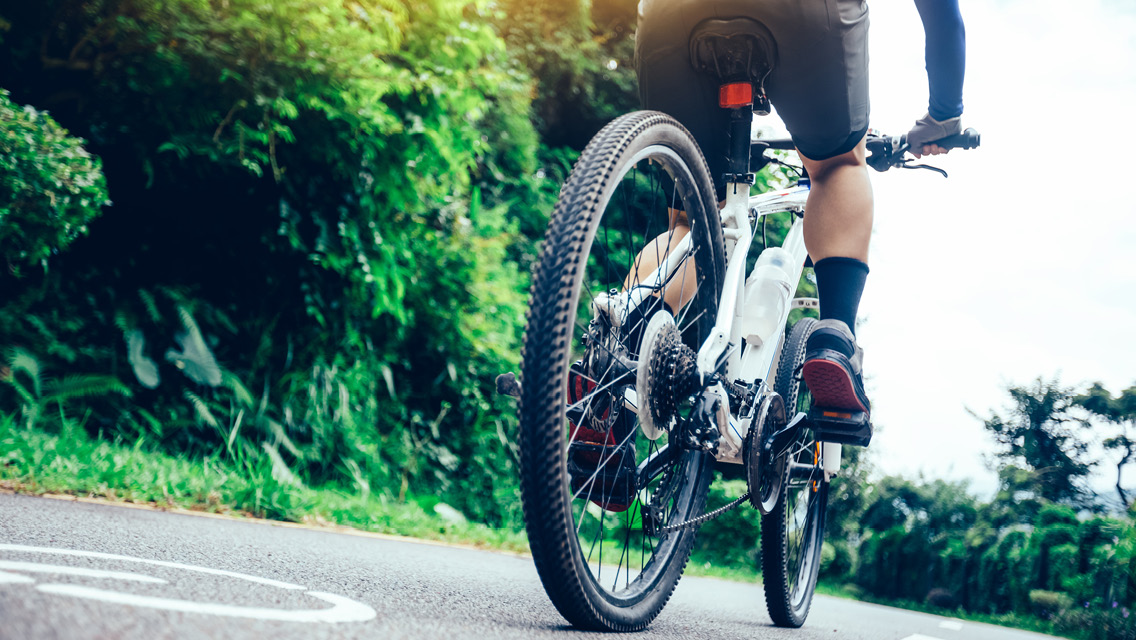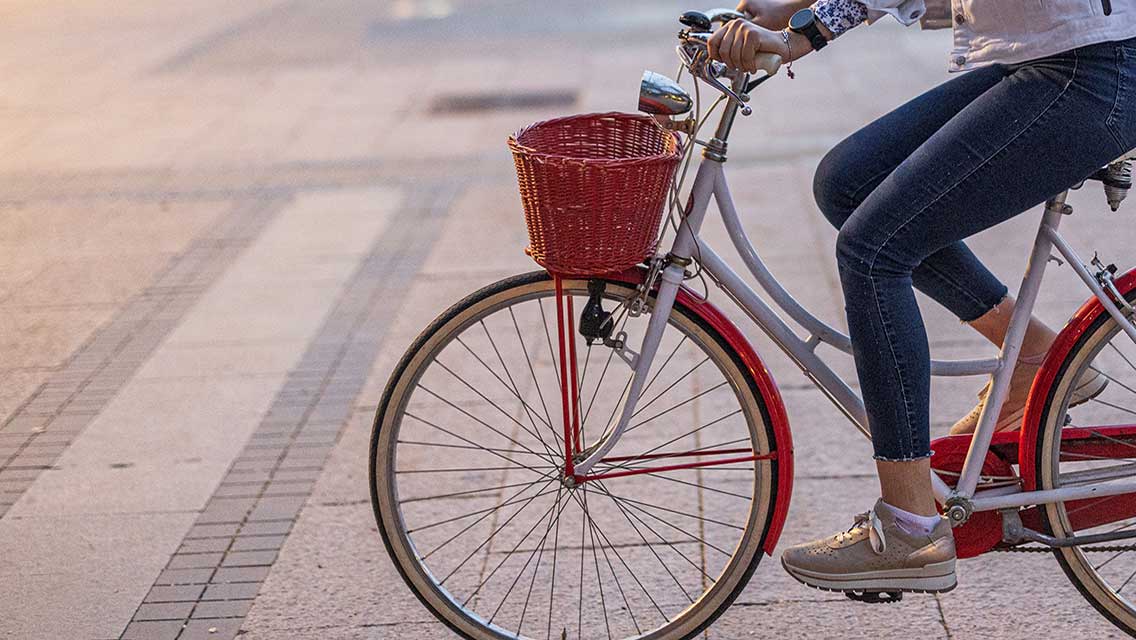Q: I want to take my bicycling to the next level and try clip-in pedals, but I hear beginners often fall over when using them. Are they hard to get used to? Are they worth the effort?
A: Once you get over the intimidation factor, it’s hard to find a reason not to make the transition to clip-in pedals (also called clipless pedals). Clipping in completely transforms your pedal stroke, making you more efficient on the bike. Plus, the stiff soles of cycling shoes support your knees and feet better, helping protect your legs from damage.
“With any type of pedal, you are pushing down with your quads,” says Robbie Ventura, a professional cyclist and founder of Vision Quest Coaching in Chicago. “With clip-in pedals, you are not just pushing down but pulling back and up, so you generate power through the entire range of motion of the pedal stroke. You get significantly more recruitment from the other muscles in your leg, including your glutes, hamstrings, and hip flexors.
“If you are riding at least two times per week for more than 20 minutes at a time, and you want to become faster, I would highly recommend clip-in pedals,” Ventura says.
A clip-in pedal system comprises three pieces: the pedal, cleat, and shoe. It’s an initial financial investment, but most riders find that it quickly pays for itself in improved performance. Ventura recommends working with a local bike shop to get a cycling shoe that fits you comfortably, then finding a compatible pedal-and-cleat system.
Before you hit the streets with your new gear, practice clipping in and out in a large, empty parking lot. “Ninety-five percent of falls occur because cyclists wait too long to clip out,” says Ventura. He advises freeing your foot from the pedal earlier than later — and donning protective gear your first few times out.
“People tend to have a few tip-overs in the beginning, mostly if they don’t practice,” says Ventura. “But in the long haul, clip-in pedals are something you will embrace.”





This Post Has 0 Comments